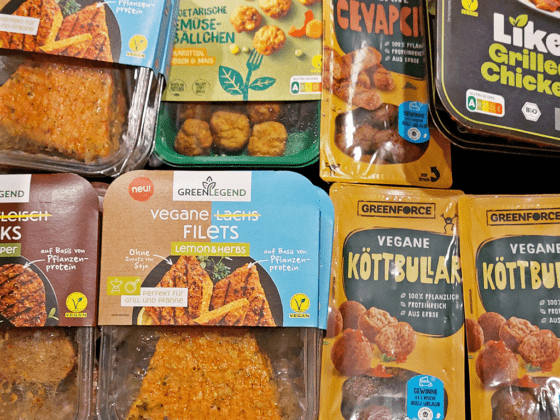The German national team has already bowed out of the World Cup in Qatar after the preliminary round – an embarrassment for fans, and an economic disaster for the sponsor Adidas. The World Cup is usually a booster for the lucrative business with Germany’s jerseys. This year, however, everything went wrong. Even before the team was eliminated, a research team revealed that the team’ s jersey was nowhere near as sustainable as Adidas had promised. Quite the opposite: A laboratory test revealed unbelievable.
Flip: Different countries of origin and child labor at the beginning of the supply chain?
This all sounds quite exemplary at first, but the seemingly extraordinary sustainability efforts turn out to be a greenwashing fake, according to FLIP and ZEIT. One trace of the plastic processed by Adidas leads to the Philippines. There, as the research team describes it, children are also on the move under “deplorable circumstances,” selling the collected garbage to local dealers for a few cents. From here, the material goes on to suppliers of Adidas, writes DIE ZEIT. Only 20 percent of the plastic used to make the yarn for the jersey and other Parley plastic products from Adidas comes from the regions where “Parley for Oceans” is active. The rest comes from so-called “volume countries”. These include the Philippines and Thailand. However, according to a Parley spokesperson, this is precisely where the organization is not currently active. Adidas, on the other hand, explains: “The raw material for the national jersey comes from Thailand. FLIP’s conclusion: “The part of ocean plastic that comes from Parley (…) is therefore not even 20 percent (…). But in fact zero.”
Lab horrified after running a microplastic test: “Impressively bad”
In addition to the apparently misdeclared supply chain, the jersey also turned out to be a microplastic slingshot in the laboratory. FLIP had the black and white garment tested at the University of Hamburg – with a devastating result: in five wash cycles, the jersey lost an average of 68,000 microplastic fibers. “This is really impressively bad,” the ZEIT quoted Elke Fischer, head of the university’s microplastics research group. “These fibers, together the wastewater from our washing machines, ends up in the sewage treatment plants, which are not able to filter it all out. So it goes via the rivers directly into our oceans.” Commenting on the allegations, an Adidas spokesman said, “As part of our sustainability efforts, we are working hard to avoid microfiber abrasion.”
Adidas: “Striving to avoid microfiber abrasion”
The absurd end of the story: on the other side of the world, people collect plastic, which is processed at great expense into yarn and further into expensive jerseys. When washed, the plastic then ends up back in the environment here in the form of microplastic. This time, however, no one can collect it. Because microplastic is too small for that.
You can learn more about the research collective FLIP here.
 English
English Deutsch
Deutsch




